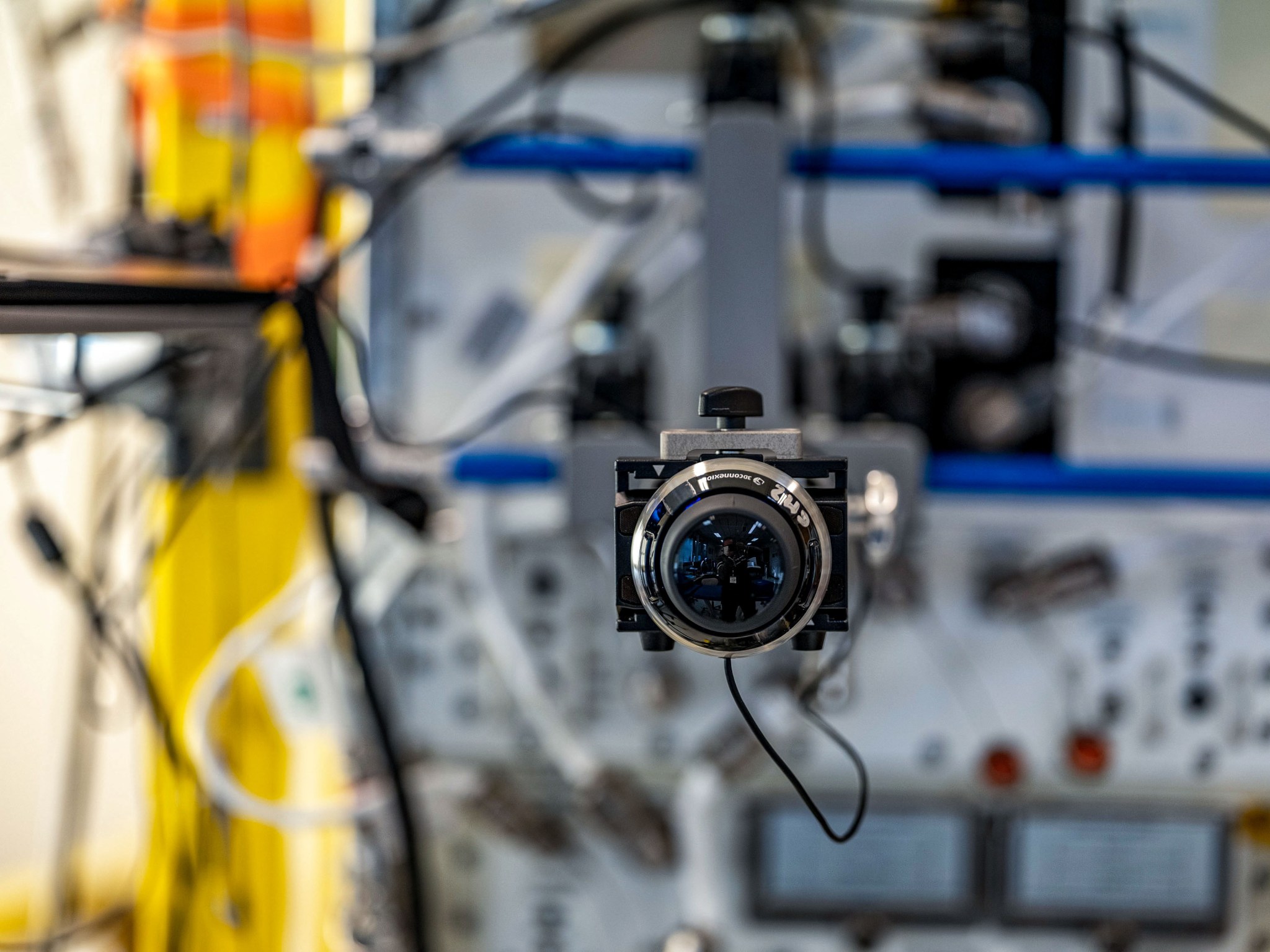
NASA will host a media teleconference at 1 p.m. EDT Wednesday, May 26, to discuss select science investigations launching on the next SpaceX commercial resupply flight to the International Space Station. From research on water bears that could help understand human stress factors in space to testing ultrasound technologies for medical use on future deep space missions, the launch will deliver experiments to benefit people on and off the Earth.
Audio of the teleconference will stream live online at:
SpaceX is targeting 1:29 p.m. Thursday, June 3, for the launch of its Dragon spacecraft on a Falcon 9 rocket from Launch Complex 39A at NASA’s Kennedy Space Center in Florida. This will be SpaceX’s 22nd Commercial Resupply Services mission and the second cargo resupply mission on the company’s upgraded version of its Dragon spacecraft.
To participate in the teleconference, media must contact Kathryn Hambleton at: kathryn.hambleton@nasa.gov by 11 a.m. Wednesday, May 26, for dial-in information.
Participants in the briefing will be:
- Jennifer Buchli, deputy chief scientist for NASA’s International Space Station Program Science Office, who will share an overview of the research being conducted aboard the space station and how it benefits exploration and humanity
- Dr. Thomas Boothby, assistant professor of molecular biology at the University of Wyoming and principal investigator for Cell Science-04, which will examine how tardigrades – commonly called water bears – adapt to conditions in low-Earth orbit, which could advance understanding of the stress factors affecting humans in space
- Dr. Jamie Foster, professor in the Department of Microbiology and Cell Science at the University of Florida and principal investigator for the ADSEP-UMAMI investigation, which will study bobtail squid as a model to examine the effects of spaceflight on interactions between beneficial microbes and their animal hosts
- Dr. Jonathan Himmelfarb, principal investigator for the Kidney Cells-02 tissue chip experiment, which could help develop better pharmaceuticals and therapies for treating kidney disease on Earth
- Kadambari Suri, integration manager for the Butterfly IQ Technology demonstration, which will test a portable ultrasound technology that could provide important medical capabilities for future exploration missions beyond low-Earth orbit
- Maurice Marnat, payload manager and system engineer at the Centre national d’études spatiales, who will discuss Pilote, a technology demonstration testing the effectiveness of remotely operating robotic arms and space vehicles, using virtual reality and haptics interfaces
SpaceX’s Dragon spacecraft also will carry crew supplies and hardware to the orbiting laboratory to support the Expedition 65 and 66 crew.
The space station is a convergence of science, technology, and human innovation that demonstrates new technologies and enables research not possible on Earth, and has been occupied continuously since November 2000. In that time, 242 people, as well as a variety of international and commercial spacecraft, have visited the orbiting laboratory. The space station remains the springboard to NASA’s next great leap in exploration, including future human missions to the Moon and eventually to Mars.
For launch countdown coverage, NASA’s launch blog, and more information about the mission, visit:
-end-
Kathryn Hambleton
Headquarters, Washington
202-358-1100
kathryn.hambleton@nasa.gov























